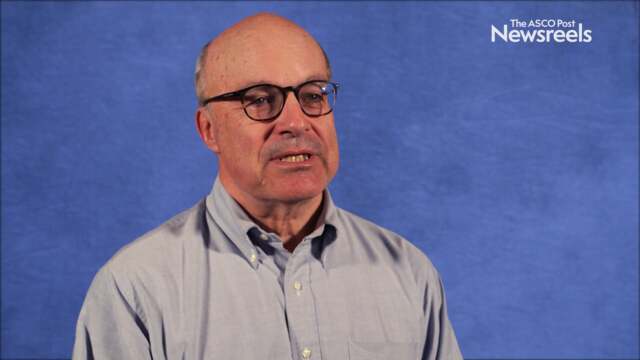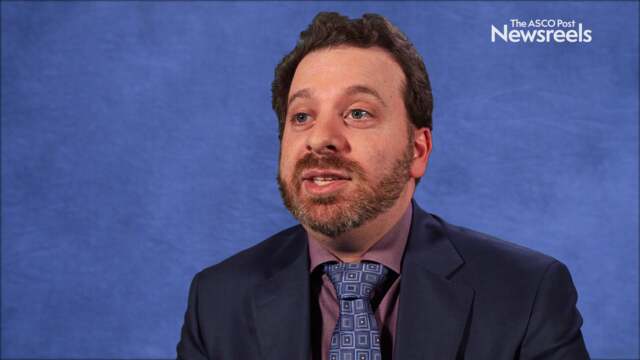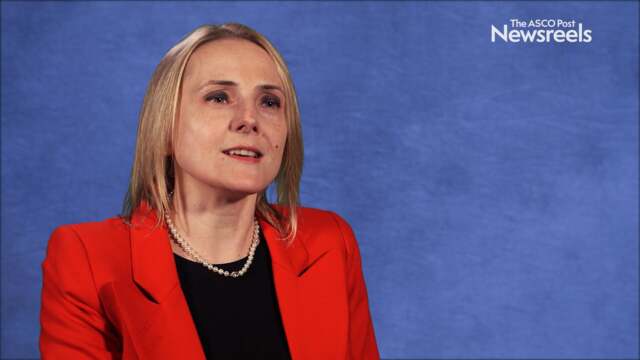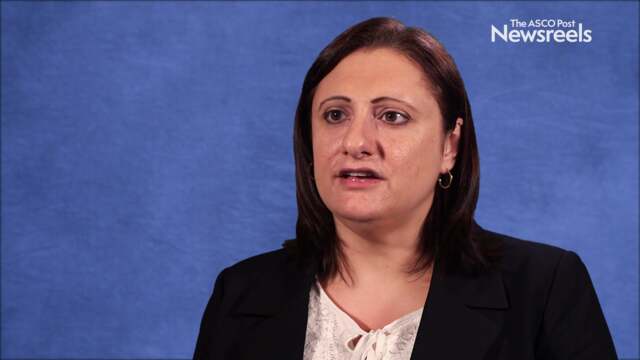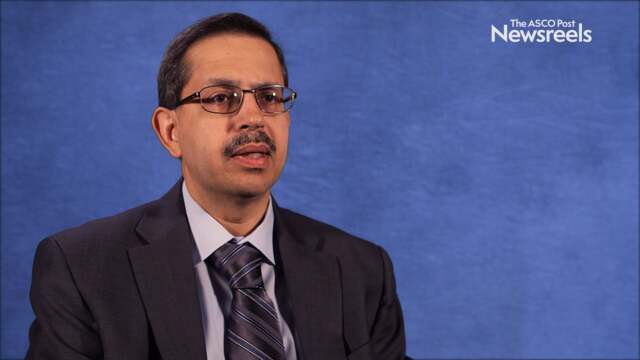Fumiko Ladd Chino, MD, on Opioid-Associated Deaths in Patients With Cancer
2018 ASCO Quality Care Symposium
Fumiko Ladd Chino, MD, of Duke University, discusses results from a population study she conducted of the opioid epidemic over the past 10 years and why these medications for cancer pain should continue to be excluded from restrictive-prescribing laws (Abstract 230).
Douglas W. Blayney, MD, of Stanford University, and winner of the Joseph V. Simone Award for Excellence, summarizes his talk on the expense of cancer care and how we can reduce costs while maintaining safety and high value for people with cancer.
Jeremy Warner, MD, of Vanderbilt-Ingram Cancer Center, discusses the ways in which patient navigators affect cancer care and how patients benefit.
Monika K. Krzyzanowska, MD, MPH, of Princess Margaret Cancer Centre, summarized the Keynote Lecture, including the points that clinicians should carefully plan their quality improvement projects, understand the barriers to quality, and ensure their efforts are sustainable.
Angela M. Stover, PhD, of the University of North Carolina at Chapel Hill, discusses study findings on ways to alert clinicians when patients signal symptoms such as pain or diarrhea that may be cause for concern (Abstract 158).
Neeraj K. Arora, PhD, of the Patient Centered Outcomes Research Institute (PCORI), discusses his work at PCORI and the central role that patients play in improving care and outcomes.
To learn more, visit https://www.pcori.org/.
